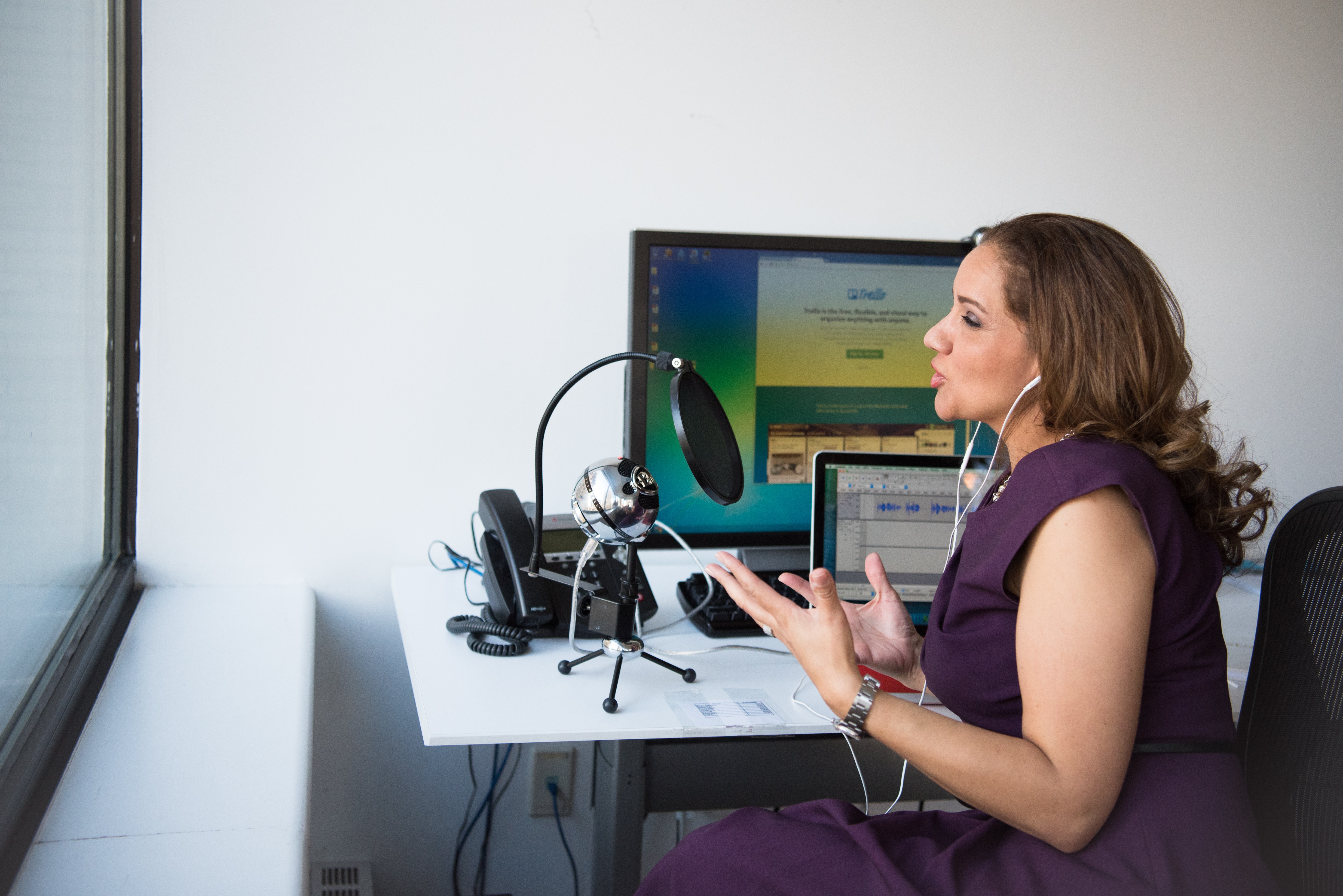Live streaming is a relatively new medium for businesses to explore, and it seems that the best practices aren’t yet solidly established. When approached creatively, live video can offer you endless opportunities. Furthermore, it doesn’t really depend on what the exact nature of your occupation is. You can be a content creator, a blogger, or a business, you’ll most certainly find live videos beneficial for your company’s online presence.
In this article, we’ll look into the most critical aspects that you need to take care of in order to have engaging live videos that your audience will appreciate.

1. Understand what your audience is into
It is imperative that your marketing strategy has a clearly defined list of social media platforms that will host your live streams. This list should be determined predominantly by your target audience. Social media sites are very different. Some are more appealing to millennials, due to more politically engaged content, others are more distributed in terms of age, and are designed for communication with friends and family.
Your marketing department needs to invest time and effort in a crystal clear understanding of who your average user is, and have a good understanding of what their interests and concerns are. This will help shape some crucial elements of your streaming content.
Different age groups respond to different emotional, cognitive, and social cues, thus to better engage your audience you need to tailor your content to their liking.
2. Allow your audience to interact with you
Almost any type of live content allows for a much more interactive medium, compared to a prerecorded video, for instance. Your viewers have access to communication with you, they can see your reactions to their chat messages, and so forth. This humanizes your brand, which is an incredibly important aspect of modern business.
Humanization is a common feature of many successful modern companies, due to the distrust that consumers have for large corporations and marketers.
In order to humanize your brand by allowing your audience to interact with you, it’s best to experiment with multiple formats like Q&A sessions, AMA’s, Behind the Scenes videos, online polls, and so forth.
During these live streams, your audience will engage with your content a lot if you communicate with them via chat and react to their messages.

3. Find the right time to broadcast
While perfect timing doesn’t exactly increase engagement by itself, streaming in the right timeframe tackles the problem from a quantitative perspective. If you choose to stream at an inconvenient time, you’ll have to deal with ridiculously low engagement. Of course, there are peculiarities to any audience. Simply starting a podcast or live video stream at a particular hour, just because “most people are off from work,” won’t necessarily do it.
So how do you establish what time is best for live broadcasts? The right answer is to be found by you during A/B tests. There is a broad spectrum of factors that shape the correct answer; therefore, it’s not always a good idea to broadcast during your competitors’ live broadcast hours.
Plus, it’s important to adjust the length of your broadcasts, according to your audience’s needs. For example, some podcasts have adjusted their episodes to the length of an average commute in the cities where most of their audience comes from. This is what Partially Examined Life did — the most popular philosophy podcast cut their 2.5-3-hour episodes to a more digestible 1.5-hour format.
4. Be consistent
Once you’ve established the peculiarities of your broadcasting timing, it’s essential to maintain a great level of consistency within your schedule. When it comes to marketing, one-offs very rarely work. The more acquainted your audience is with your schedule, the greater the chances that they will tune in to watch, listen, and engage with your live broadcast.

Always prepare well-written posts that will announce the upcoming live event to spike the interest in your potential listeners and motivate them to tune in, and also reinforce your consistency. Websites like Trust My Paper help businesses find niche writers that can help them with the task.
Furthermore, like patterns. They like consistency and regularity. Therefore, people like knowing that there is a particular day and hour when they can tune in to receive content they’re interested in. It’s predictable and intuitive.
5. Make the audience feel cared for
You can increase your audience’s engagement not only by answering their questions and reacting to their messages in real time but also by asking them questions and changing the course of your program based on their reactions.
This will help your business calibrate the needs of your customers, which will also provide you with a lot of information regarding their interests, which can be helpful in terms of increasing revenue.
Regularly asking for the live audience’s opinion on certain matters will ensure that they feel cared for and appreciated by the company. This, in effect, will motivate them to engage with your content.

Conclusion
Streaming content comes in many shapes and forms; however, most of it has an impressive impact on many businesses. Whatever you feel like is the most suitable format of live streaming content for you and your company, don’t forget that the main focus of live broadcasts is about connecting with your audience and engaging it.
So before you embark on this journey, you need to define a set of essential information about your audience.
First off, find out who they are and what their interests are so that you can calibrate what’s the best platform to host your live events on. Secondly, find out what’s the perfect time to run live broadcasts is. Once you find the right answer to that, maintain consistency.
The last aspect of a healthy live streaming strategy is by interacting with the audience. Allow them to interact with you and also ask their opinion on important matters.
We hope you found these tips helpful.




